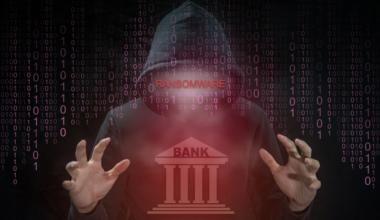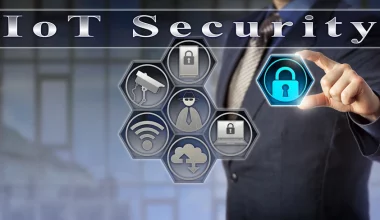Keywords: Data Breach, Protection, Cybersecurity, and Ransomware Attacks on Educational Institutions
Introduction
In recent years, educational institutions have become more open to ransomware attacks, a sort of cybercrime that has the potential to render the targeted organization’s operations unusable. The educational system may be severely disrupted by these attacks, and in some situations, confidential student and staff information may be at risk. In this post, we’ll examine the causes behind the growth in ransomware attacks against educational institutions and offer suggestions for preventing and defending against them.
Attacks by ransomware on educational institutions entail a cybercriminal encrypting the data of an organization and requesting payment in exchange for the decryption key. Because they often have a lot of sensitive information, including student and staff data, financial information, and intellectual property, educational institutions are frequently targeted by cybercriminals.
The 2021 attack on the Colonial Pipeline, which significantly disrupted the institution’s operations, was one of the largest ransomware attacks on a school. The pipeline was temporarily shut down as a result of this incident, which resulted in severe fuel shortages along the US East Coast.
Numerous other educational institutions have been the focus of recent attacks in addition to the one on the Colonial Pipeline. Following a ransomware assault in 2020, the University of California, San Francisco, paid hackers $1.14 million. Similar to this, a ransomware assault in 2021 forced Baltimore County Public Schools to close all of its schools for several days.
Reasons for the Increase in Ransomware Attacks Against Educational Facilities
The increase in ransomware attacks against educational institutions can be attributed to several factors. The growing reliance on technology and the Internet in educational institutions is one of the main causes. Due to their increased reliance on technology and the internet as a result of the extensive use of online learning and remote employment, educational institutions are now increasingly susceptible to cyberattacks.
Additionally, the funds and resources available to educational institutions to invest in cybersecurity measures are frequently constrained. Because of this, cybercriminals frequently target educational institutions that they believe to be weak points for an attack. This is particularly true for smaller academic institutions, which could lack the funding to engage specialized IT security staff.
And last, the COVID-19 pandemic has made educational institutions more susceptible. Cybercriminals embraced the opportunity presented by schools’ adoption of online learning and remote labor to take advantage of these weaknesses and conduct ransomware attacks.
Ransomware Attacks on Educational Institutions: Prevention
When it comes to defending educational institutions against ransomware attacks, prevention is crucial. To stop ransomware attacks, educational institutions can follow these best practices:
1. Ensure that important data is regularly backed up and that the backups are kept off-site.
2. Inform employees and students on cybersecurity best practices, such as the value of using strong passwords and staying away from shady emails.
3. Ensure that all operating systems and applications are up to date with the most recent security fixes.
4. Make all accounts subject to multi-factor authentication.
5. Use firewalls and anti-malware software to safeguard against online threats.
Understanding and Preventing Ransomware Attacks on Educational Institutions
Even with the finest prevention measures, ransomware attacks could still happen. In the event of a ransomware attack, educational institutions can take the following actions:
1. To stop the attack from spreading, isolate the afflicted systems.
2. Get in touch with police enforcement and cybersecurity experts to look into the incident.
3. Take into account hiring a security company from a different industry to help with the search and rescue operations.
4. Ascertain the type of compromised data and the extent of the damage.
5. Compare the benefits of restoring from backups versus paying the ransom.
conclusion
Ransomware assaults on educational institutions.








1 comment